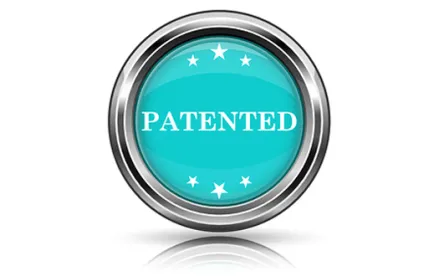In a rare move, the Patent Trial and Appeal Board (PTAB or Board) granted a motion to amend in an inter partes review (IPR), allowing entry of substitute claims to replace the original claims acknowledged by the patent owner as being unpatentable. This is only the sixth time the Board has granted such a motion. Shinn Fu Company of America and Shinn Fu Corp. v. The Tire Hanger Corp., IPR 2015-00208, Paper 24 (PTAB, Apr. 22, 2016) (DeFranco, APJ).
The petitioner filed a request for IPR of a patent directed to a method of handling the wheel of a motor vehicle while the vehicle is elevated on a hydraulic lift for repair. The patent owner elected not to file a response to the challenger’s petition, thereby waiving any arguments in defense of the patentability of the challenged claims. Instead, the patent owner filed a motion to amend, requesting to replace the original claims with a new claim set that included additional claim limitations. During oral argument, the patent owner acknowledged that the original claims were not patentable.
In an IPR proceeding, claims are not amended (or added) as a matter of right; the patent owner must request authorization from the Board. In doing so, the patent owner bears the burden to establish that it is entitled to the proposed new or amended claims, and also must demonstrate the patentability of such claims over all known prior art.
In response to the patent owner’s motion, the petitioner argued that the patent owner failed to distinguish the proposed substitute claims from relevant prior art cited on the face of the patent. The Board disagreed, explaining that there is “no requirement that a patent owner analyze expressly every individual reference cited during prosecution of the challenged patent, particularly where, as here, there are many different permutations of the cited prior art.” Instead, when the references are duplicative, it is acceptable to group the references together according to their teachings without necessarily individually addressing every reference that contains essentially the same teaching. The Board thus concluded that the patent owner met its burden of proof in demonstrating that the proposed substitute claims were patentable over the relevant prior art and were entitled to entry.
Practice Note: Although a patent owner is allowed to file a motion to amend or cancel claims in an IPR, in practice the Board has denied these motions in the vast majority of cases to date. A recent US Patent and Trademark Office study reported that of the completed America Invents Act trials in which the Board had decided the merits of a motion to amend or substitute claims, the motion was granted in full or in part in only 5 percent of the cases (six of the 118 trials). Given these statistics, the “grouping approach” adopted by the Board in this case is instructive for patent owners seeking to amend their claims in view of a large number of prior art references, which is typically the case for IPRs where the challenged patent is also involved in co-pending litigation.




 />i
/>i
